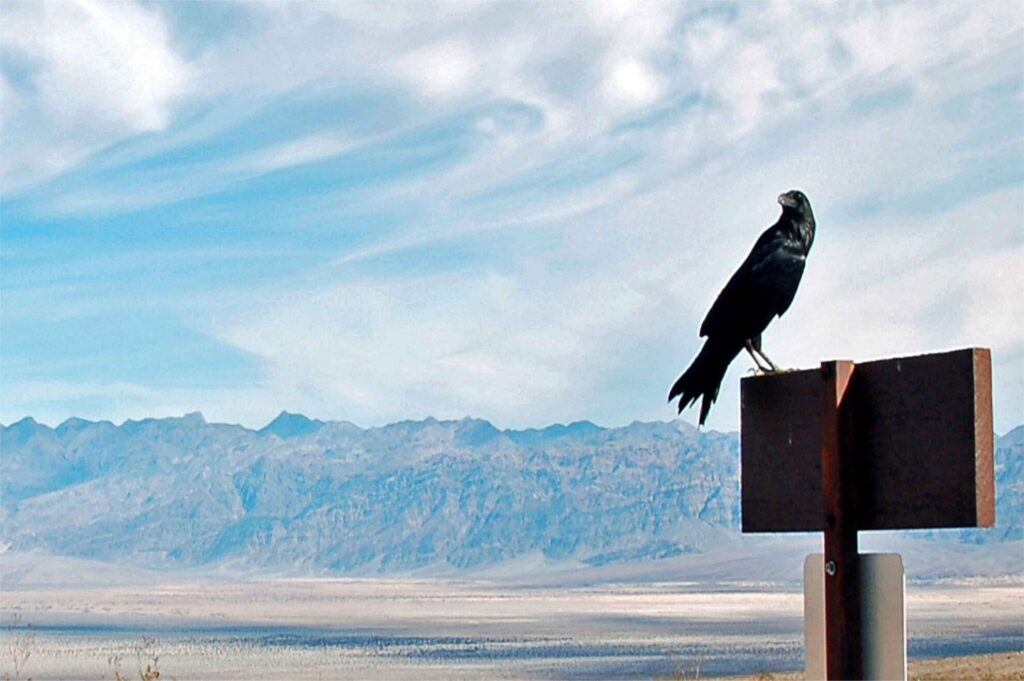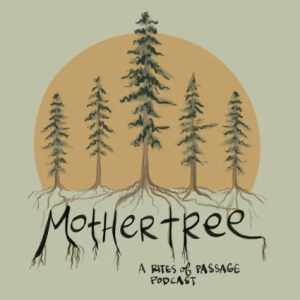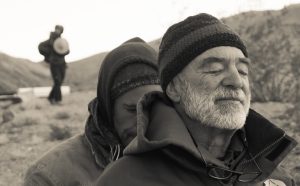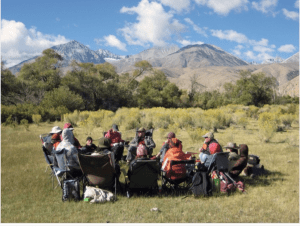
Lamenting for A Vision
by Dr. Kabir Bavikatte (Guest Contributor)
1930- Pine Ridge Reservation, South Dakota:
On a barren hill, under a shelter of pine boughs sits an old Oglala Sioux medicine man. His name is Black Elk and he seems to be expecting the stranger hiking up to meet him. The stranger is John Neihardt, a poet from Nebraska. The meeting between the grizzled warrior healer and the poet is historic. Neihardt goes on to transcribe Black Elk’s story and visions in what becomes the Native American spiritual classic – Black Elk Speaks.
In the book, eighteen-year-old Black Elk, having witnessed the inexorable destruction of his people and their corralling into reservations by the American soldiers decides to lament for a vision. He severs from daily life and purifies himself in a sweat lodge. He then crosses the threshold by fasting for four days and nights. On the last night, he keeps a solitary vigil on a windswept mountaintop, lamenting to the Great Spirit. At daybreak, he is ceremonially welcomed back by the elders who aid him in incorporating the vision that would guide the rest of his life.
1969- San Francisco State University:
Steven Foster, an Assistant Professor teaching romantic poetry is fired from his job. The reason- his support for a strike by the Black Student Union demanding an Ethnic Studies Program and an end to the Vietnam War. Dispirited and in the tradition of Black Elk, Steven severs from society and journeys alone into the Mojave Desert to lament for a vision. He crosses the threshold into a liminal space to renter into the womb of things and to be born anew.
Steven returns with the vision of a wilderness school. The school wouldmidwife people in transition or crisis to a heartfelt resolution through rites of passage. A few years later, after many trials, Steven and his partner Meredith Little establish the School of Lost Borders. Along with other mentors, they artfully adapt the ‘bare bones’ of timeless rites of passage from the world over to respond to contemporary challenges. Over the next four decades the School transforms the lives of thousands of people by offering wilderness rites of passage through vision fasts.
2014 Men’s Vision Fast
I feel beaten and exhausted. For several years I have practiced as a lawyer in a collective called Natural Justice. We assist communities to protect their territories and culture. But the legal victories don’t always translate into social wellbeing. Some of the communities are culturally devastated. They suffer from collective trauma symptomized by violence, substance abuse and despair. We have recently embarked on an initiative called the Heroes Project. The Project seeks to complement our legal efforts with processes to address collective trauma. But our activities seem disparate, lacking a beating heart. We need a vision. Help comes from a wise friend. ‘Try a vision fast at the School of Lost Borders,’ she says.
There are twelve of us in my group of vision fasters. We range from land surveyors and sales executives to poets and therapists. We pitch our tents at the base camp in Owens Valley nestled by the magnificent Inyo Mountains. The next morning we meet our guides, the wise Larry Hobbs and the gifted Will Scott. For four days, led by Larry and Will, we sit in a consecrated circle and partake in severance ceremonies.
The ceremonies involve hours of patient listening and sharing of stories that have led us here. Through ancient teachings on the seasons of life, Larry and Will adroitly assist us with clarifying our intentions for the fast. They offer themselves as able assistants delivering us to the threshold where Nature would do the real work. Hinting at the metaphoric death of our old selves to come, we are told that ‘no one gets out of here alive.’
For our solo fast we travel to Death Valley in the Mojave Desert. It is a thirsty and shadeless expanse hammered down by the sun. Here each of us will cross the threshold into the vast emptiness to fast alone for four days and nights. After threshold ceremonies infused with the fragrance of smoldering sagebrush, we depart to the desert with the words ‘it’s a good day to die.’ I mentally rub my intention like a prayer bead. My intention is to surrender to the Great Spirit to guide me to my true purpose. I sense that incessant activity is the cause of my exhaustion. As if stillness would reveal an authentic calling asking nothing less than cutting loose from my harness of busyness.
In the ringing silence of the desert, with the body fatigued by lack of food, my thoughts drop away and I feel broken open. I can’t help but surrender. My experience is primal, as if an ancient eco-psychology from our evolutionary past buried in my DNA, has been roused. I am now apprenticed to the Land, empty handed, alone and hungry, asking to be guided.
As the days pass, I feel I am eavesdropping into a timeless conversation between the lizards, hawks, humming birds, cacti, rocks and everything else. I recite my intention like a mantra. In the tradition of the School and the ancient vision fasters, I lament for a vision. Somewhere in this dreamlike space, a vision takes shape. On the last night standing vigil in a circle of rocks, I have a sense of clarity. The night sky seems to say, ‘jump in with both feet,’ and the wind seems to murmur, ‘do what makes you come alive.’
We return from our fast, dusty, sunburnt and smelling of wind, sand and silence. The desert has scoured away our anxieties and rendered us agape. Humbled and opened, we have received visions we have always sensed but refused to acknowledge. We return to the circle and over the next days tell stories of our threshold time. Amidst poetry, teachings and sagebrush smoke, we commit to our visions.
I return home, changed by this powerfully spartan rite of passage. Stepping back into the swirling river of life I grip my vision to steady myself. The vision is that my calling is to heal by teaching. I am unsure what I must heal and teach. But for now I am content to surrender to the Great Spirit. Meanwhile, I will learn to cease my anxious bustle, jump in with both feet and do what makes me come alive. I trust that the rest will be taken care of.
As for the Heroes Project, I see us taking an ember from the School’s fire to communities we work with. I imagine them adding the sinews of their own traditions to the bare bones ceremony. The elders guide the young through their own rites of passage. The Great Mother receives their lamenting and they return whole-hearted men and women. They come back strong-limbed and pared down by the intensity of their vision. They heal.
Share This
Related posts




